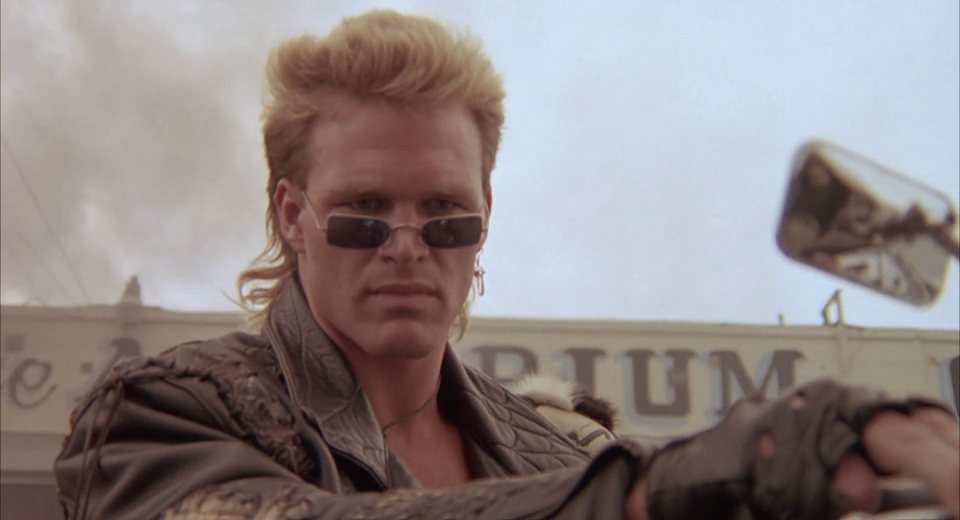

I consider the original arrangement of 4e classes a marked improvement over 3e precisely because of strong theming and mechanical niches of powers. That all sounds incredibly terrible to me personally. You almost start to see this happening in Essentials, where there were a lot of shared powers between different classes of the same power source although it also introduced secondary power sources, and eventually even started playing around with stuff like the Berserker that shifted from Striker to Defender when raging. Classes were kind of vestigial in 4e, and I think freed of the baggage of being a successor to D&D, You could cut them lose and just have players pick a power source and a combat role role, each of which would grant access to a selection of Powers to choose from at the appropriate levels. I think a proper successor to the ideas 4e tried to explore might not even have classes.

In 4e, classes are primarily game constructs, and their story concept follows the design. What I mean by that is, in other editions of D&D, classes are primarily archetypes, and their mechanical design follows from that fictional concept. The thing that power source/role did that a lost a lot of long-time fans but I think was really brilliant, was it made classes bottom-up design, where in every other edition of D&D, they had been top-down. For PF2, it seems a grafted-on feature on the crumbling chassis of 3.x/PF. The tactics of 4e "just work." Movement and measurement of effects is simple. PF2 requires utmost concentration, can't even have my dog in the room when I'm running it. I could run 4e completely smashed (and often did after a few pints with my friends). Monsters have a handful of useful, colorful abilities that are clearly listed on their stats sheet without you needing to look up spells, buffs, etc. Like if you know you want an enemy to befuddle and confuse the opponents while his brutes smash away on the heroes, that is all clearly spelled out in the monster description, and they do it well. In 4e the monsters are designed with the role the DM needs them to play in the encounter. PF2 is swingy - and a character can drop in an instant on a failed save or a critical hit (which are very, very common).

The primary difference I've noticed is in the balance.


 0 kommentar(er)
0 kommentar(er)
